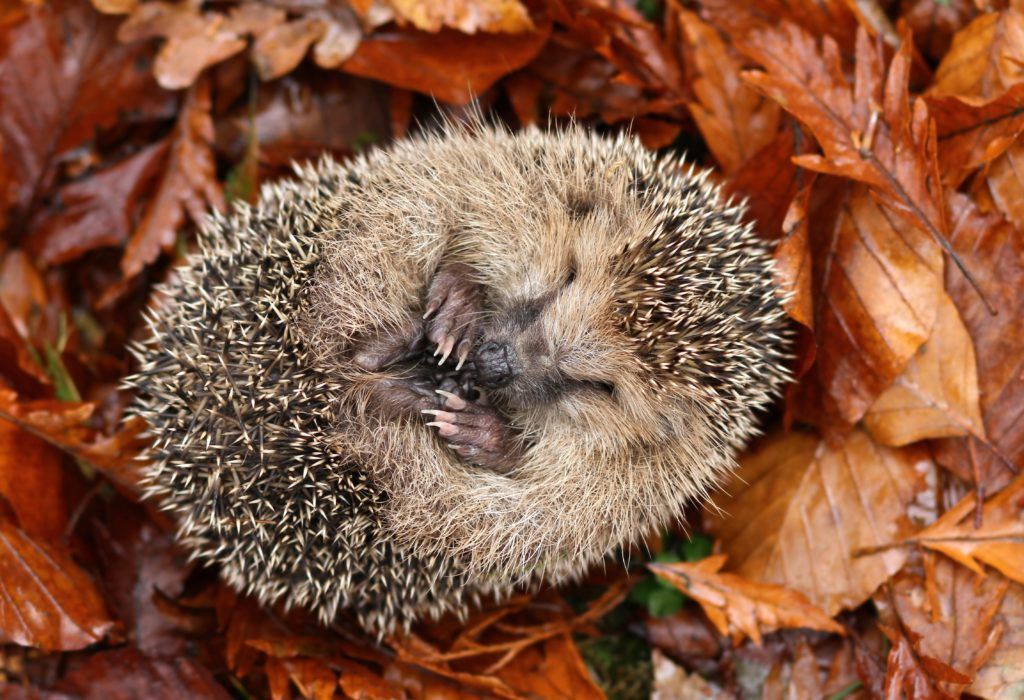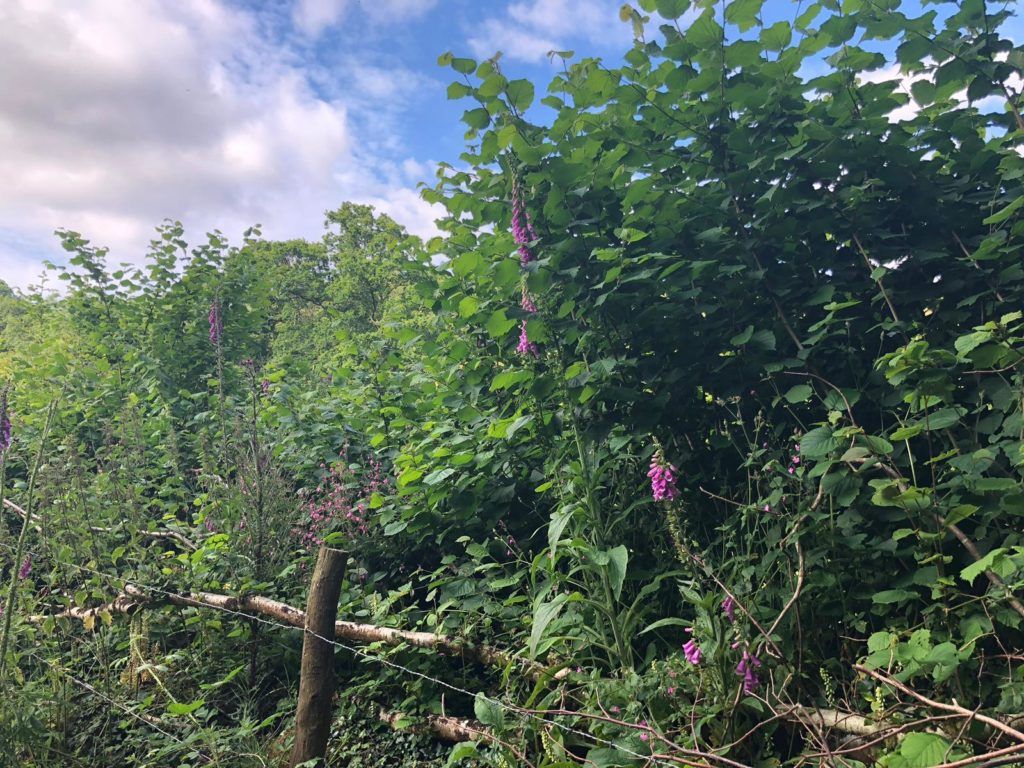A winter sanctuary for wildlife
Over the winter months, hedgerow shrubs go to sleep; the leaves fall and the sap retreats to the protection of the roots. Hedgehogs may be hibernating in drifts of leaves sheltered in the bottom of your hedge; insects both as adults sheltered in nooks, leaf litter or old hollow stalks and as eggs weathering the storms on a leaf; dormice too, if you have particularly impressive hedgerows, may be snoring away waiting for the flushes of spring. But still hedgerows are alive with birds flitting around collecting the nutritious jewels of hawthorn berries and rose hips, sheltering from the elements and braving our winter for an early crack at spring.

The importance of healthy hedgerows
However, not everywhere and not every hedge. Any hedge trimmed in autumn loses the wealth of food that historically earned them the role of ‘winter wildlife larder’. Any hedge devoid of hedgerows trees through unrelenting and blanket use of a flail can’t harbor the diversity that it could (over half hedgerow wildlife is dependent on, or makes use of hedgerow trees). And any hedge trimmed to the same height year in year out – ignoring their inherent need to grow and change – becomes leggy and can’t provide the vegetation at the base needed by so many. Without the complexity of structure to shelter or to feed, we risk losing them altogether.

If you look closely, it’s obvious that our hedgerows are a living system. So to keep them healthy, they need to be managed flexibly, taking account of their lifecycle. For many years, they can be trimmed to keep them in shape. But trimming every other year rather than every year allows for blossom and fruit; trimming in late winter not in autumn allows them to regain their ‘larder’ status and if they are allowed to increase their size every time they are trimmed, a bigger, better and more complex habitat develops. And eventually, as they outgrow their allocated space, or as they out-shade the vital vegetation at their base, they are rejuvenated (through laying or perhaps coppicing), keeping their lifecycle turning.
Take a closer look this winter
At this time of year the skeletal structures of hedgerows are on display, giving us an insight into how our management is affecting them; now is a good time to look. Then, come spring, take part in the Great British Hedgerow Survey. It will tell you where your hedgerow is on its lifecycle, how healthy it is and what you can do to help it reach its full potential as a lifeline for wildlife and an asset to us.
By Megan Gimber, Key Habitats Project Officer at People’s Trust for Endangered Species (PTES)
